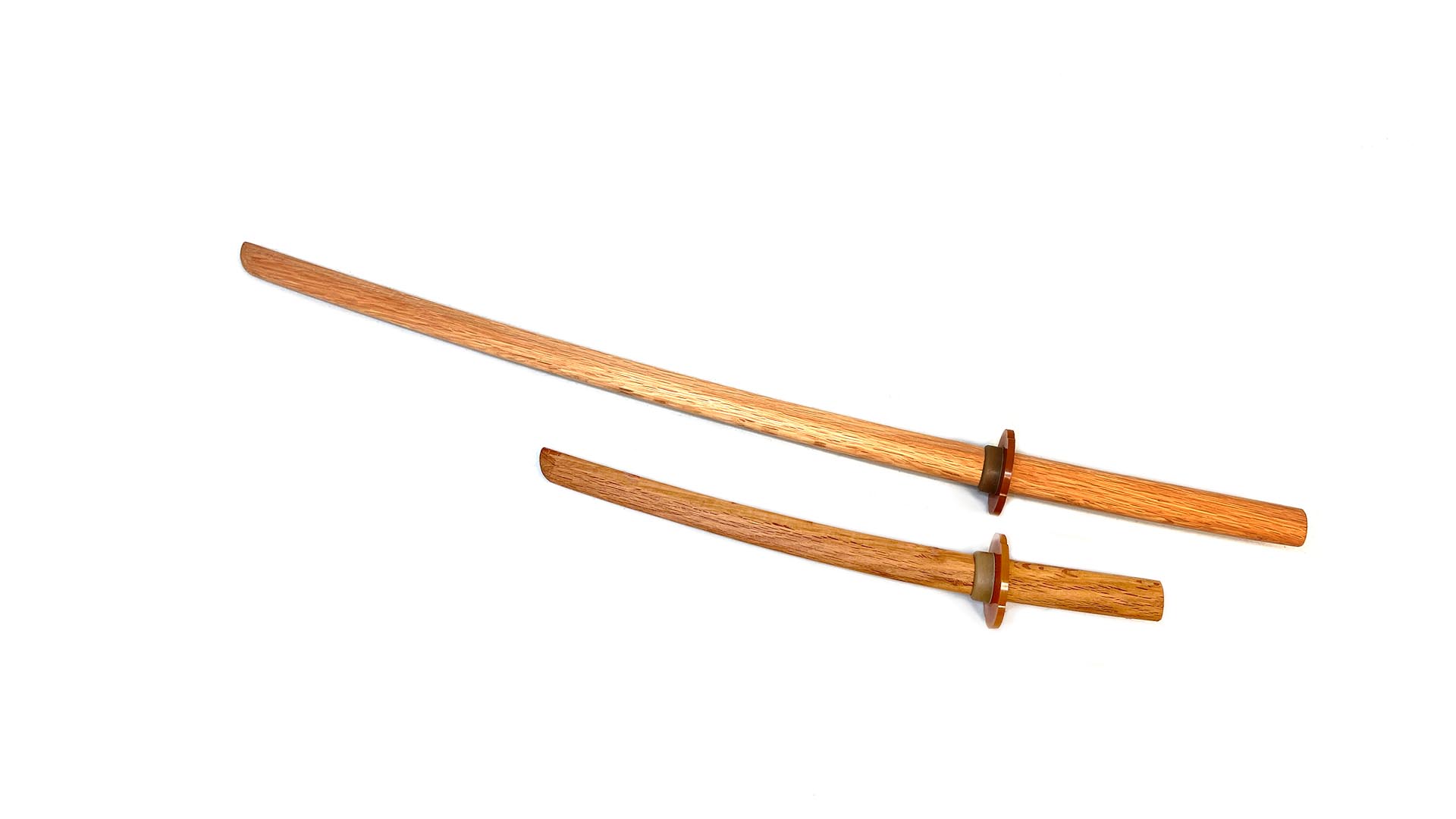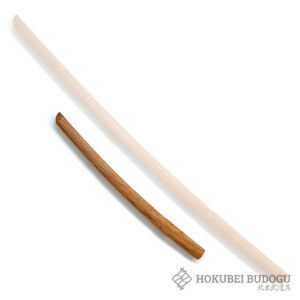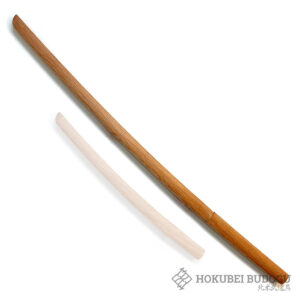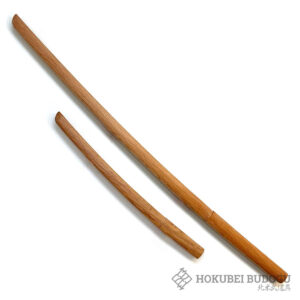Good Bokuto, Good Kata.

Also known as bokken, this is a Japanese wooden sword used in various martial arts practices, particularly in traditional Japanese swordsmanship like Kendo and Kenjutsu. It’s a training tool designed to simulate the weight, balance, and feel of a real sword (katana) without the inherent dangers of using a live blade.
It is used to practice kata, for safety reasons as well. Because it is made of wood, it reduces the risk of injury compared to using a live blade. It allows practitioners to train at full speed and power without the same level of danger.
It serves as an essential tool in the development of swordsmanship skills and martial arts proficiency in Kendo.
Kendo no Kata.
Kendo no Kata are a set of prearranged forms or exercises practiced in Kendo, the Japanese martial art of swordsmanship. These kata are designed to teach fundamental techniques, principles of combat, and etiquette.
Each kata involves two practitioners, one taking the role of the attacker (shidachi) and the other as the defender (uchidachi). The kata is performed with wooden swords (bokuto) and protective gear (bogu) is not worn during kata practice.
The Kendo no Kata emphasizes correct form, timing, distance, and proper spirit. Practitioners learn various techniques such as strikes, blocks, parries, and counterattacks. Through kata practice, students develop a deeper understanding of the principles of Kendo and refine their skills.
The Kendo no Kata is an essential component of Kendo training, and practitioners often spend considerable time mastering them as they progress through their Kendo journey. Additionally, kata practice helps instill discipline, respect, and concentration, which are core values in Kendo.



